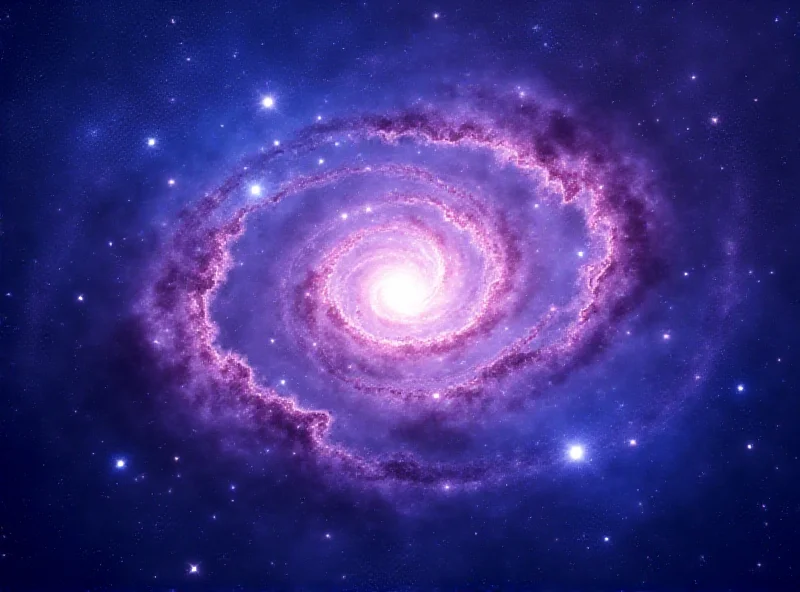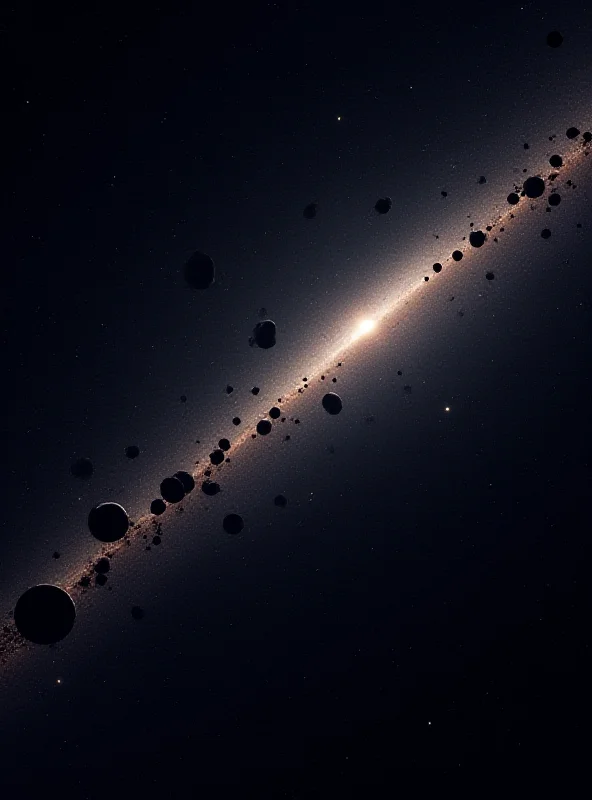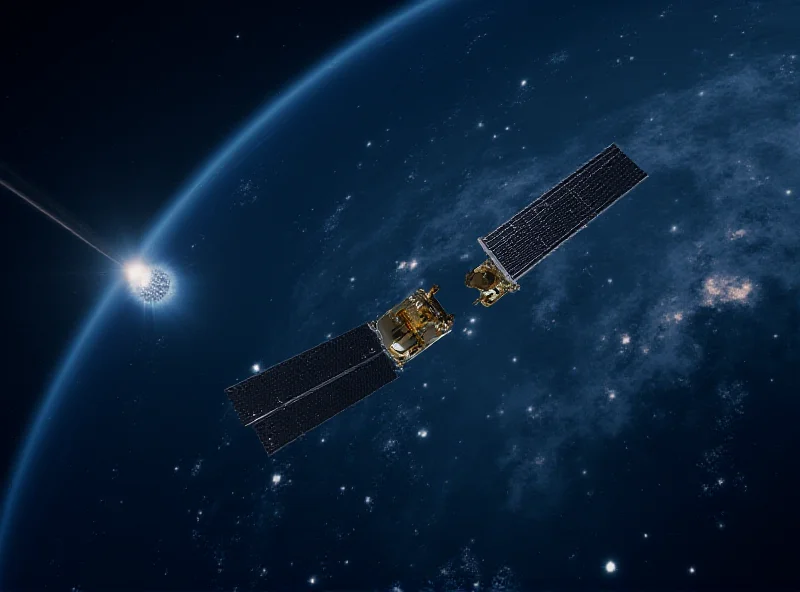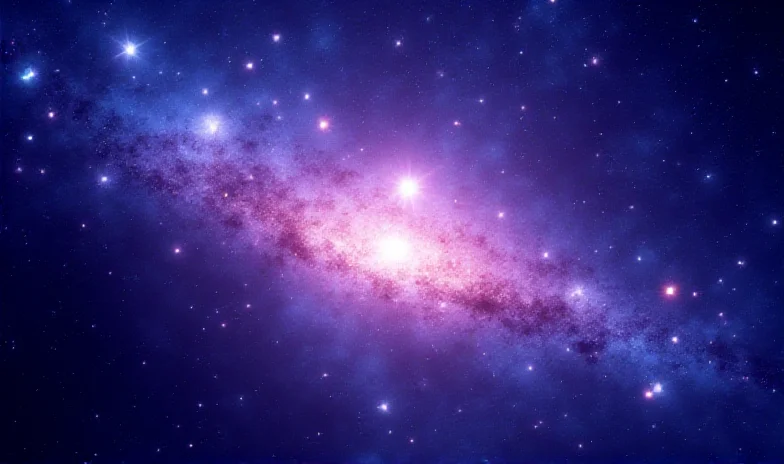The cosmos is buzzing with activity! From groundbreaking discoveries by the James Webb Space Telescope to advancements in propulsion technology and even interstellar asteroid visitors, there's always something new to learn about the universe. Let's dive into some of the most recent and exciting developments in space exploration.
Webb Telescope Reveals Star Formation Secrets
NASA's James Webb Space Telescope continues to amaze, this time uncovering a hidden process behind star formation in the Phoenix galaxy cluster. Researchers have identified a previously undetected cooling phase in intermediate-temperature gas. This crucial discovery explains why the cluster's supermassive black hole doesn't completely prevent star formation, unlike what's observed in other galaxies.

This finding is a significant step forward in understanding the complex dynamics of galaxy clusters. The ability of the Webb telescope to map this intermediate-temperature gas has provided invaluable insights into the processes that govern star birth even in the presence of powerful black holes.
ISRO Achieves Milestone with Semi-Cryogenic Engine Test
Meanwhile, back on Earth, the Indian Space Research Organisation (ISRO) has achieved a major milestone. They successfully conducted a hot test for the semi-cryogenic SE2000 engine, a crucial step in enhancing future heavy-lift space missions. The Power Head Test Article (PHTA) validated key engine subsystems, including the gas generator, turbo pumps, and pre-burner.
This new propulsion system, which utilizes liquid oxygen and kerosene, offers improved efficiency and stability for launching heavier payloads into orbit. This is a significant advancement for ISRO's capabilities and will undoubtedly contribute to more ambitious space endeavors in the future.
Interstellar Visitors: Alpha Centauri's Asteroid Contribution
Our solar system might be getting some unexpected visitors from our nearest stellar neighbor, Alpha Centauri! A recent study suggests that Alpha Centauri could be contributing a significant number of asteroids to our solar system. Simulations indicate that around 50 objects from the neighboring star system may enter the Oort Cloud annually.

While most of these asteroids pass through at high velocity, a few could travel inward, potentially interacting with our planets. The frequency of such occurrences is expected to rise over time, making this an intriguing area of ongoing research. "It is very important to understand the dynamics of our Solar System and how it is influenced by external factors," says Dr. Anya Sharma, lead researcher on the study.
NASA's SPHEREx and PUNCH Missions Face Another Delay
Unfortunately, not all news is good news. NASA’s SPHEREx and PUNCH missions have faced another delay. The launch, originally set for February 27th, was previously rescheduled for March 4th. It's now expected to take place on March 7th at 10:09 p.m. EST from Vandenberg Space Force Base in California. NASA cited scheduling constraints at the Western Range as the reason for the latest postponement.

While delays can be frustrating, they are often necessary to ensure the safety and success of these complex missions. We eagerly await the launch of SPHEREx and PUNCH and look forward to the valuable data they will provide.
From distant galaxies to our own solar system, space exploration continues to push the boundaries of human knowledge. Stay tuned for more updates as we continue to unravel the mysteries of the universe!
